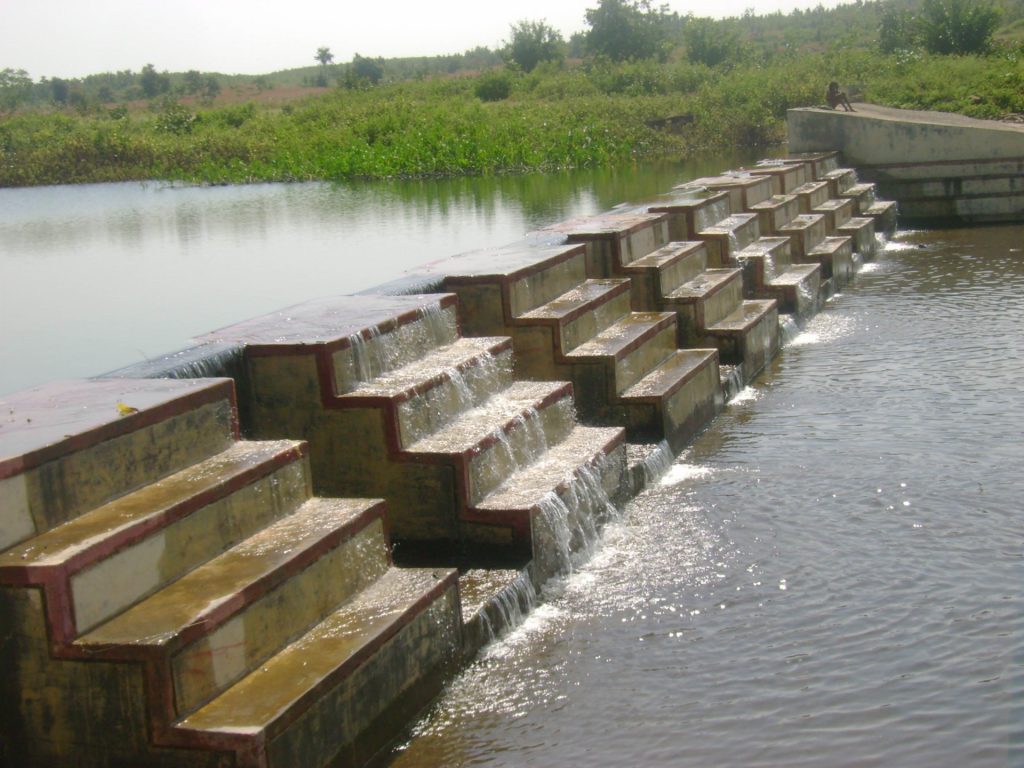Pitfalls Regarding Local Characteristics
The lesson learn of Ralegan Siddhi might be experienced differently in other places. Some pitfalls that must be deliberately in mind are:
Reflections on The Experience and Insights Gained – Community Participatory in Watershed Management [4]
- Though there has been tremendous improvement in the status of women and much has been done yet more remains to be done to involve them fully in the process. This means that women development needs specialized and extra effort.
- There is no effort towards the development of agro-based rural/small scale industries to enhance the value of the products and keep the participation of the people intact.
- The managerial capability is weak and it is reflected in the failure of cloth cutting and tailoring scheme and thereby weakening the participating of women.
- It is not easy to find a devote and committed leader like Anna Hazare in the second generation to keep the process going. His effort to choose a leader so far remains unresponded.
- Moral cleansing at individual level in today’s materialistic world where personal liberties and human rights come in the way is a very difficult proposition and may pose problems in other areas.
- Ralegan Siddhi village has more or less a homogeneous character having groups of people with not much economic disparity or diversity in caste/religion. The Neo-Buddhists are close to Hindus so there was no problem but in case of Muslims, Christians or Sikhs being part of the society it may be difficult to organize them along religious line.
- Anna has been the undisputed leader of the village and nobody objected to the initiatives floated by him. At the most there used to be only mild queries on the part of the villagers, in case of disagreement. It may not be so easy to generalize the dedicated leader driven approach.
- It is easier to transform a virgin and underdeveloped area like Ralegan but very difficult to develop semi-developed areas. Though Ralegan has made tremendous progress, its impact on the neighbouring villagers is minimal so far.
